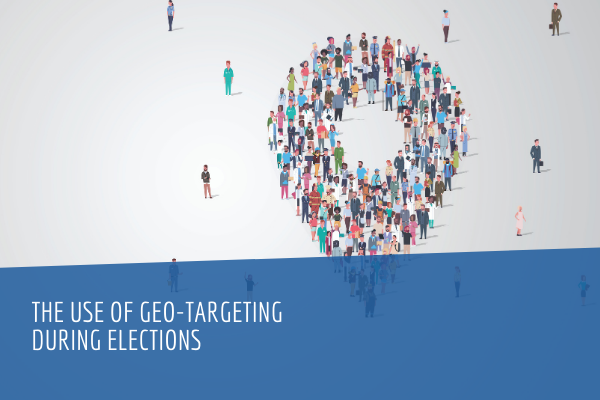In this report—the fourth version of our social media manipulation experiment—we show that social media companies remain unable to prevent commercial manipulators from undermining platform integrity. Overall, no platform has improved compared to 2021 and, taken together, their ability to prevent manipulation has decreased.
Buying manipulation remains cheap. The percentage of accounts identified and removed by the platforms dropped. We demonstrate that the manipulation providers have circumvented sanctions imposed in response to Russia’s full-scale invasion of Ukraine. It remains easy to pay for manipulation services with both Visa and Apple Pay. The platforms’ ability to combat manipulation by slowing the speed of delivery has declined. Today, 89 per cent of purchased inauthentic behaviour is delivered within one day. The vast majority of the inauthentic engagement remained active across all social media platforms four weeks after purchasing. Thus, the platforms’ moderation decisions appear to be only minimally responsive to user notifications.
Social media manipulation services hence continue to outperform social media platforms. With the quality of transparency reporting unchanged, the gap between platform performance in countering inauthentic engagement and the quality of platform reporting is widening. Platforms have found it expedient to focus less on preventing commercial manipulators from accessing the platform, and more on reducing the reach and impact of their posts. However, our research shows that commercial accounts are exploiting flaws in platforms, and pose a structural threat to the integrity of platforms. More data is required to assess whether the platforms’ approach adequately mitigates the systemic risk posed by platform manipulators.






